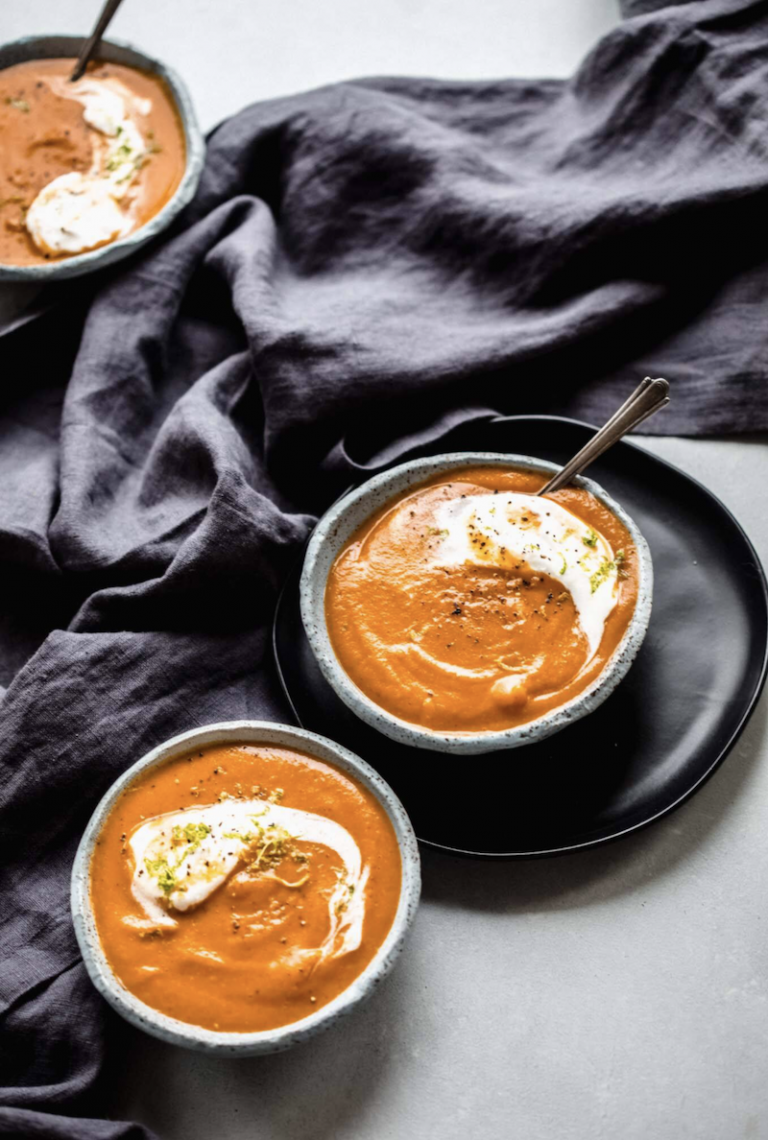There are lots of different types of gardens to plant—from flowers to vegetables, hydroponic to raised beds—but if you’re looking for an eco-friendly, responsible way to get your hands dirty, a permaculture garden may be the way to go. “It’s a sustainable approach of working with nature rather than against it,” explains Jennifer Morganthaler, a plant expert and agriculture instructor at Missouri State University.
One of the primary points of distinction between a permaculture garden and other types is that it uses only plants that work best for the local environment and climate, says Morganthaler. Due to its adaptability, permaculture gardens can grow in many different types of conditions. “A well-designed one will create its own ecosystem that’ll keep plants thriving and gradually give back quality nutrients to the soil,” Morganthaler adds.
Before you dig in, though, there are a few more things you should know about permaculture gardening, including its benefits, plus best practices for planting your own at home.
The benefits of a permaculture garden
There are many perks to creating a permaculture garden, with the biggest being that it’s an all-natural way of gardening, so it creates less waste. “Most of the produce from the garden is used or shared with the community,” Morganthaler says. “If there are waste products, they are composted and applied back to the earth as a natural fertilizer.”
Another plus is that you don’t use chemicals to keep pests away. “In the natural ecosystem, natural predators will assist with the work that some of the pesticides would have done,” Morganthaler says.
Moreover, it allows you to create what you need. “Once the permaculture garden is established, you become more self-reliant and can produce a diverse range of products from your land and preserve any surplus to consume as needed,” Morganthaler says.
How to create a permaculture garden, step by step
1. Decide on placement
First things first, to create your permaculture garden, Morganthaler recommends getting acquainted with your surroundings to find the best spot. “Observe the native plants, insects, and any predators that are in the region and that visit your planting area,” she says. “Take note of when the location gets sun and if there are any slopes or if the rainwater doesn’t drain.”
2. Choose your plants
Here comes the fun part: picking plants. Morganthaler suggests first starting with researching what types of plants thrive in your natural environment. From there, she advises choosing a mix of annuals (which live for one season) and perennials (which live for many seasons), so you always have something growing.
3. Design your plot
We lied. Designing your permaculture garden is perhaps the most fun part because the possibilities are endless. According to Morganthaler, a permaculture garden can be any shape. “You can use ground covers, shrubs, vegetables, and fruit trees and stack them if the light and water requirements are met for each plant,” she says. “You can use raised beds at least six to 12 inches above the ground. Sheet mulchingSheet mulching—a process of layering compost, mulch, straw, or cardboard right on top of the grass and planting directly in that—is another option for planting.”
4. Plant your permaculture garden
Time to make it official and get to planting. Morganthaler recommends starting with your taller plants and seeing how the light hits them. Then, you can add in smaller plants that need shade.
Pro tip: Take your time with the planting process and tweak the design as needed. “This is a good time to double-check your planting design or change it before you get too much planted,” Morganthaler says.
Also, Morganthaler recommends adding organic matter, such as natural compost from your kitchen, mulch, or earthworm castings, to the plants without disturbing the soil.
5. Water in your plants
Now that your permaculture garden is set up, the last step is to water your plants regularly. That said, for sustainability purposes and because the plants should thrive in the natural environment, Morganthaler recommends using the minimum amount of water needed. “An efficient drip irrigation system is a good choice as it places water directly at the plants’ base with little evaporation,” she says. “Another option, depending on local state and city rules, is to collect rain runoff and recycle that into a watering system.”
However your garden grows, you can feel good about the fact that it’s leaving the smallest eco-footprint possible.
Oh hi! You look like someone who loves free workouts, discounts for cutting-edge wellness brands, and exclusive Well+Good content. Sign up for Well+, our online community of wellness insiders, and unlock your rewards instantly.
Source link































